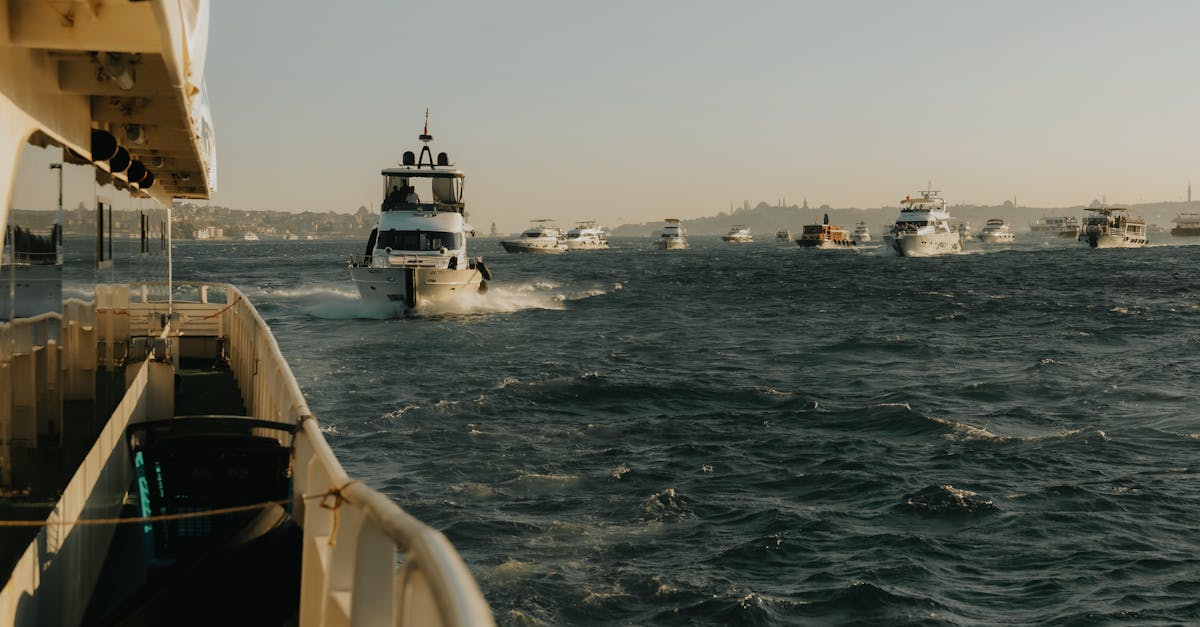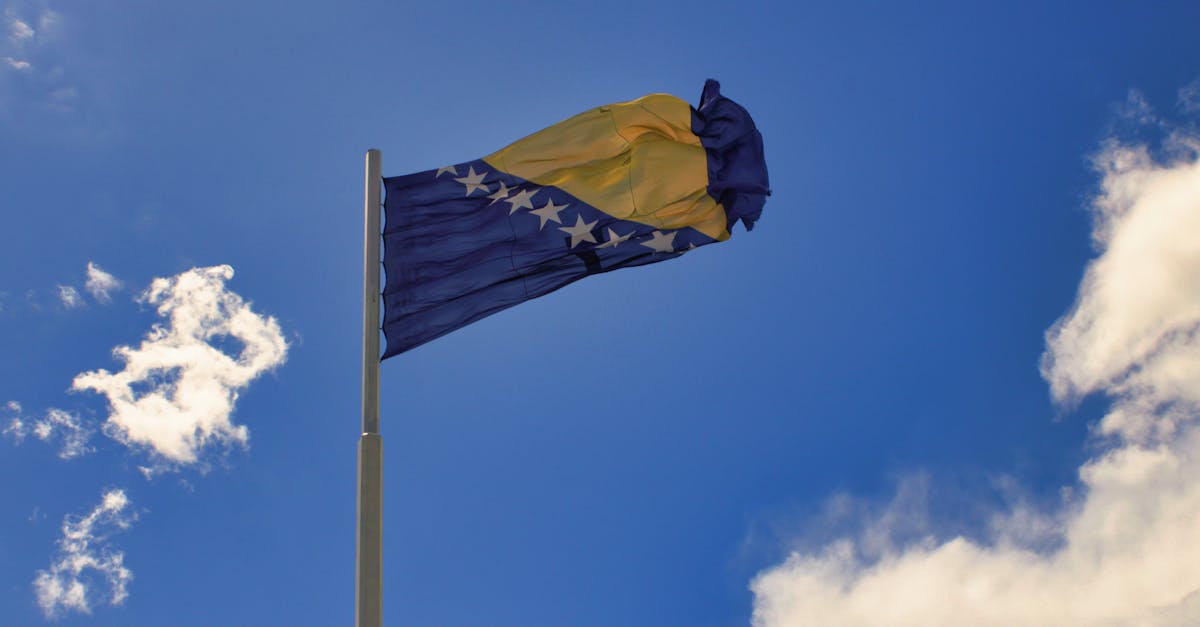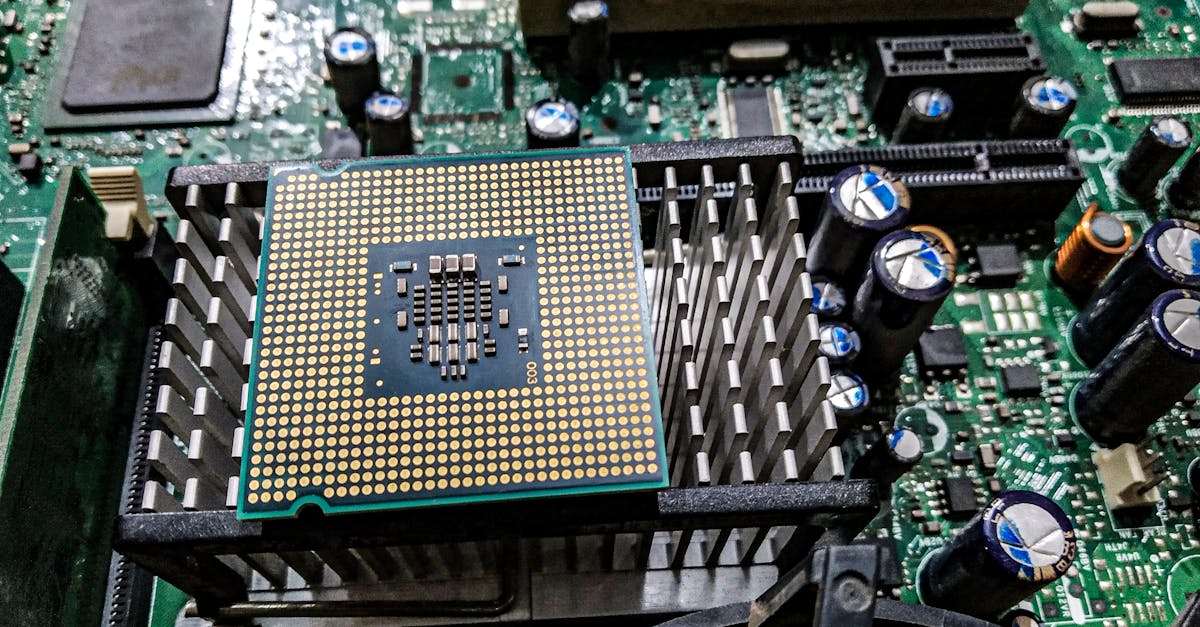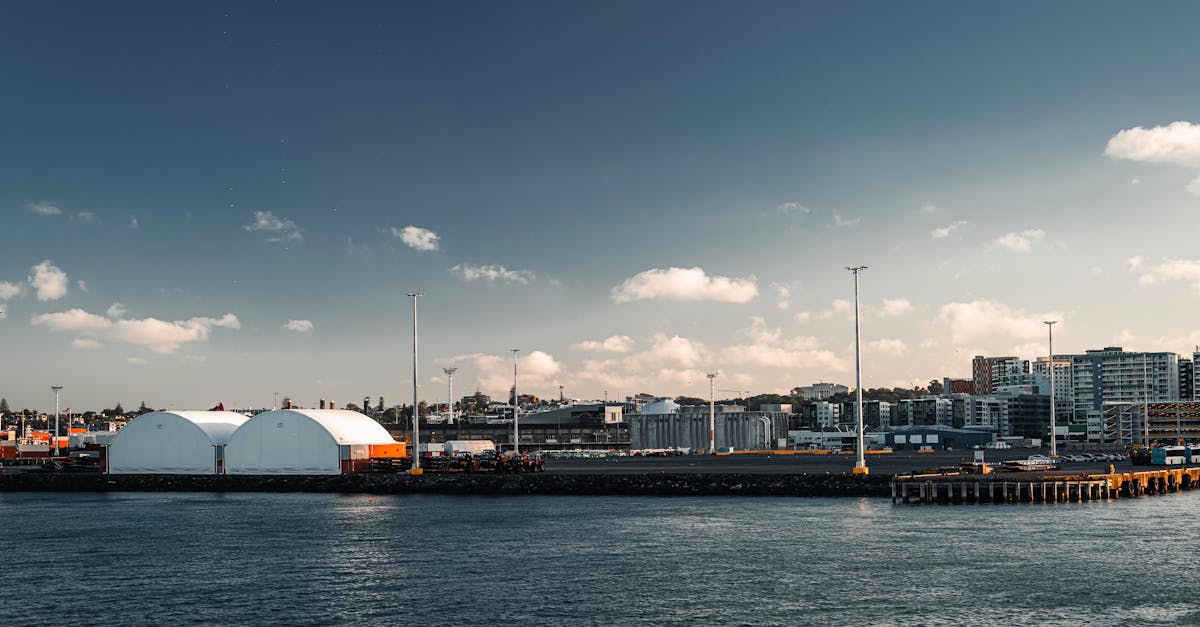SC Case Disposal Boost
-
Remarkable Case Disposal Rate: The Supreme Court (SC) achieved a Case Clearance Ratio (CCR) above 100% (106.6%) in 100 days (Nov 2024-May 2025), disposing more cases than filed, a significant improvement from the past average of 96%. This demonstrates a successful strategy for tackling judicial backlogs.
-
Strengthening Case Verification & Listing: Process re-engineering with IIM Bangalore improved case verification to 228 cases/day. The Integrated Case Management and Information System (ICMIS) now automates case allocation, reducing bias and saving time.
-
Reintroduction of Registrar’s Court: This expedited the resolution of cases with procedural defects, preventing prolonged pendency. Unheard cases are now relisted within 2-3 weeks.
-
Email Requests for Urgency: Replacing oral mentions by senior advocates with email requests for urgent listings has saved judicial time and created a level playing field for all litigants.
-
Tackling Unlisted and Old Cases: Dedicated “Miscellaneous after Notice Days” were used to clear a backlog of over 16,000 unlisted cases, including significant numbers of criminal matters, boosting the criminal CCR to 109%.
-
Differentiated Case Management (DCM): Cases were classified based on complexity and urgency. The Centre for Research and Planning analysed cases, preparing briefs for judges, leading to faster disposal of older matters (30-45 mins per case).
-
Revamped Case Categorisation Framework: A new system categorises cases into 48 types and 182 sub-types, enabling better tracking of backlogs and identifying government litigation as a key contributor, encouraging ministries to strengthen their legal cells. This framework is proposed for wider adoption.
-
Technological Integration (AI): The SUPACE programme is experimenting with AI for transcription, defect detection, and preparing case synopses, showing positive initial results for judicial efficiency.
-
Blueprint for Judicial Reforms: These SC initiatives, driven by data, stakeholder commitment, and technological adoption, offer a model for other courts to improve access to justice and judicial credibility.
-
Way Forward: Institutionalizing DCM, strengthening government litigation cells, expanding AI use, increasing judicial strength, and promoting ADR are crucial for sustained improvement.
Gulf of Mannar
- Artificial Reef Restoration Success: The Gulf of Mannar is implementing artificial reef restoration using triangular and perforated trapezoidal modules. This initiative has shown success in boosting coral cover, survival rates, and fish density.
- Methodology: Scientists from SDMRI, with the Tamil Nadu Forest Department, are using concrete frames and artificial reef modules (TARs and PTARs) deployed by divers. Over 51,000 coral fragments have been transplanted onto 5,550 artificial substrates, restoring about 40,000 sq. m. of reefs.
- Positive Outcomes: The restoration efforts have led to increased coral recruit density and live coral cover, even showing resilience during coral bleaching events. Fish density has also significantly improved in restored areas.
- Community Benefits: The project enhances community awareness, capacity-building for reef managers, and supports livelihoods dependent on the marine ecosystem.
- Government Initiatives: The Tamil Nadu government plans further comprehensive restoration under the TNSHORE project, including the deployment of 8,500 artificial reef modules for Kariyachalli Island.
- Geographical Significance: The Gulf of Mannar is a vital marine biodiversity hub, part of the Laccadive Sea, between India and Sri Lanka, known for its 21 islands and diverse marine life, including threatened species like the sea cow.

India-ASEAN Nexus
-
Why in News: ASEAN’s significance is growing due to China’s assertiveness and Indo-Pacific uncertainties, making it crucial for India’s Act East Policy and Indo-Pacific vision.
-
Economic Opportunities:
- Large market (650 million people, $3.2 trillion GDP).
- Bilateral trade reached $122.67 billion (2023-24).
- Singapore is a major trade and FDI partner.
- Full utilization of ASEAN-India FTA and finalization of AITIGA can boost trade.
-
Defence Cooperation:
- India is a reliable defense partner, supplying hardware and technology (e.g., BrahMos to Philippines).
- Offers training and technical expertise to modernize ASEAN armed forces.
-
Strategic & Security Engagement:
- Provides a counterbalance to regional tensions, supporting ASEAN Centrality.
- Engages through forums like EAS, ARF, and joint exercises (e.g., ASEAN-India Maritime Exercise).
- Covers anti-piracy, disaster management, and promoting a rules-based order (SAGAR doctrine).
-
Connectivity & Infrastructure:
- Projects like India-Myanmar-Thailand Trilateral Highway and Kaladan project enhance regional connectivity.
- Boosts Northeast India’s role as a trade hub.
- Digital initiatives (5G, cybersecurity, ASCN) strengthen linkages and offer alternatives to BRI.
-
Tech & Energy Cooperation:
- Collaboration in IT, fintech, AI, start-ups, and via ASEAN-India Science & Technology Development Fund.
- Focus on energy security, solar, clean tech, and semiconductors.
-
Cultural & People Ties:
- Leverages historical links through festivals and university networks.
- 2025 designated ASEAN-India Year of Tourism.
- Shared cultural heritage evident in events and sites.
-
Areas of Friction:
- Trade Imbalance: Widening trade deficit for India, with concerns over market access and tariff asymmetry.
- Connectivity Delays: Funding, security, and bureaucratic issues plague projects like IMT Trilateral Highway.
- Limited Defence Cooperation: Divergent security priorities and economic dependence on China hinder deeper collaboration.
- Digital Trade Challenges: Regulatory mismatches in digital trade and data governance due to differing approaches (data sovereignty vs. liberal regime).
- Myanmar Approach: India’s pragmatic ties with the junta contrast with ASEAN’s Five-Point Consensus.
-
Strategies for Strengthening Ties:
- Enhance Connectivity: Expedite physical and digital projects, expand digital payments architecture.
- Maritime Security & Blue Economy: Deepen cooperation in underwater awareness, logistics, and non-traditional threats; joint initiatives in marine tech and renewable energy.
- Sustainability & Resilience: Collaborate on climate change, renewable energy, disaster management, and supply chain diversification.
- Institutional & People-Centric Engagement: Utilize platforms like EAS/ARF, integrate Quad-ASEAN cooperation, and bolster people-to-people ties.
- Space for Sustainability: Spearhead a dedicated “Space for Sustainability” program with a Regional Satellite for Sustainability for ASEAN.
SAF: Greener Skies
-
India’s First SAF Plant: IOC will produce Sustainable Aviation Fuel (SAF) from used cooking oil at its Panipat refinery, marking a significant milestone for India.
- Why: This is a crucial step towards reducing aviation’s carbon footprint in India.
-
ISCC CORSIA Certification: IOC received ISCC CORSIA certification, a prerequisite for commercial SAF production and compliance with global aviation emission reduction schemes.
- Why: This certification allows IOC to sell SAF and sets a benchmark for other Indian refiners, enabling compliance with international regulations.
-
SAF: A “Drop-in” Fuel: SAF is chemically similar to conventional jet fuel and can be used in existing aircraft engines and infrastructure without modifications.
- Why: This facilitates easy adoption by airlines and avoids costly infrastructure changes.
-
Significant Emission Reduction: SAF can reduce greenhouse gas emissions by up to 80% and is projected to contribute over 60% to aviation decarbonisation efforts.
- Why: This is vital for meeting climate goals and making air travel more sustainable.
-
Global Aviation Emission Regulations (CORSIA): From 2027, international airlines must offset emissions exceeding 2020 levels, making SAF blending a key compliance method.
- Why: This creates a strong demand driver for SAF globally and for Indian production.
-
India’s SAF Roadmap: India targets 1% SAF blending in 2027 and 2% in 2028 for international flights, aligning with Net Zero 2070 goals.
- Why: This policy support will boost domestic SAF production, promote a circular economy, and create green jobs.
-
Export Opportunities: European airlines are potential buyers of Indian SAF due to existing blending mandates in Europe.
- Why: This opens up new revenue streams for Indian SAF producers.
-
Challenges Remain: High production costs (2-3 times conventional fuel) and feedstock availability are key hurdles for widespread SAF adoption.
- Why: Overcoming these challenges is critical for scaling up SAF use in India.

Derozio
- Henry Derozio (1809–1831) in News: As a historical figure relevant to current intellectual and nationalist discourse.
- Background: Anglo-Indian poet, teacher, and reformer appointed at Hindu College, Calcutta, at 17.
- Intellectual Influence: Promoted liberty, rationalism, equality, and social reform, encouraging critical thinking.
- Young Bengal Movement: Led radical students (Derozians) who questioned caste, social inequality, and traditions.
- Significance: Despite his short life, he founded early modern Indian nationalism, liberalism, and intellectual awakening.
- Legacy: Considered a precursor to the Bengal Renaissance, his reformist ideals influenced future national leaders.
Bioactive Peptides
-
Bioactive Peptides (BAPs) from Fermented Foods: Study shows BAPs from traditional fermented foods offer health benefits.
- Why it’s news: This opens doors for personalized nutrition in India, tailoring health plans to specific groups.
-
What are BAPs: Short chains of 2-20 amino acids, active after digestion, affecting body functions.
- Why it’s news: Understanding their composition and “activation” process is key to their function.
-
Health Benefits: BAPs can regulate blood pressure, blood sugar, immunity, inflammation, and impact cardiac/metabolic health. They also possess antimicrobial and antioxidant effects.
- Why it’s news: Demonstrates a wide range of potential health advantages.
-
Personalized Nutrition Importance: How BAPs work varies individually due to genetics, gut microbiota, diet, etc.
- Why it’s news: Underscores the need for precision nutrition, especially in a diverse population like India.
-
Amino Acids: Building blocks of proteins, essential for bodily functions.
- Why it’s news: Provides foundational knowledge about the components of BAPs.
India’s Tourism Engine
- Tourism as a Growth Engine: Experts suggest tourism can offset potential losses from US tariffs as it’s free from tariff barriers.
- Why: The US imposing 50% tariffs on Indian goods creates a need for alternative economic drivers. Tourism offers a tariff-free solution.
- India’s Tourism Potential:
- Regained pre-pandemic momentum, contributing 5% to GDP and 7.6 crore jobs in FY23.
- Projected to contribute Rs 42 trillion by 2035, supporting 64 million jobs.
- Aims for a USD 3 trillion tourism economy by 2047, attracting 100 million international tourists and creating 200 million jobs.
- India ranks 8th globally in tourism economy (WTTC).
- Good potential in Medical Tourism (ranked 10th).
- Why: These figures demonstrate significant economic impact and future growth potential, making it a strong candidate to compensate for trade losses.
- Key Source Markets & Travel Purposes: US, UK, Australia, Canada are major sources. Leisure, diaspora visits, and business travel are primary purposes.
- Why: Understanding source markets helps in targeted promotion to attract visitors.
- Challenges Hindering Growth:
- Visa and travel hurdles (complex processes, limited visa-free access).
- Poor infrastructure (limited hotel rooms, weak transport).
- Lack of cleanliness and safety concerns.
- Low global promotion and underutilization of cultural assets.
- Urban and connectivity gaps to remote areas.
- Why: Addressing these challenges is crucial for unlocking tourism’s full potential and attracting high-value tourists.
- Strategies to Attract High-Value Tourists:
- Simplify entry and travel (e-Visa, visa-on-arrival).
- Promote niche, premium experiences (Ayurveda, luxury safaris, wellness).
- Develop world-class infrastructure and connectivity.
- Upgrade service quality and manpower training.
- Leverage Medical and Wellness Tourism (“Heal in India”).
- Enhance safety and comfort for visitors.
- Why: Shifting focus from volume to value, by catering to tourists willing to spend more, can maximize economic benefits and compensate for trade challenges.
- Call for Reforms: Simplification of GST, personal tax, and removal of quality control orders are recommended alongside increased promotion funding.
- Why: Streamlining processes and investment in promotion are seen as vital for making India competitive and driving tourism growth.
- Industry Vision: FAITH aims to double tourism’s contribution to GDP to 10% by 2047.
- Why: This highlights the industry’s ambition and its recognition of tourism’s capacity to be a major economic driver.
GST Revamp
- Long-term Revenue Boost:
- Why: Reforms lower rates but are projected to increase consumption, eventually adding ~₹2 lakh crore in revenue, offsetting an initial ~₹85,000 crore shortfall.
- Simpler Tax Structure:
- Why: Moving to a two-slab system (9% and 18%) aims to improve compliance and make accounting fairer.
- Economic Growth Support:
- Why: The overall reforms, including simplification and better compliance, are expected to support economic growth.
- Strengthened Fiscal Discipline & Investment Climate:
- Why: Along with potential S&P upgrades and global trade changes, GST revamp can improve India’s fiscal health and attract investment.
- Execution is Key:
- Why: Success hinges on effective implementation, coordination with the GST Council, and adjustments in revenue sharing.
- GST Council’s Role:
- Why: This constitutional body (Article 279A) is crucial for recommending rates, simplification, and ensuring Centre-State consensus on indirect taxation, making it vital for the success of these reforms.
UT Assembly Nominations
- LG’s Nomination Power: Union Home Ministry states the LG of J&K can nominate 5 members to the Legislative Assembly independently, without the Council of Ministers’ advice.
- J&K Reorganisation Act: The Act allows for 90 elected members and LG nomination of up to five members (two women, two Kashmiri migrants, one from Pakistan-occupied Kashmir).
- Constitutional Context (Rajya Sabha): President nominates 12 members on Union Cabinet’s advice, who can participate in debates but not vote in presidential elections.
- Constitutional Context (Legislative Councils): Governors nominate members (around one-sixth) on State Cabinet’s advice.
- Abolished Provisions: Nomination of Anglo-Indian members to Lok Sabha and State Assemblies was discontinued in 2020.
- UT Assemblies: Delhi has no nominated MLAs. Puducherry’s assembly can have up to three nominated members by the Union government.
- Court Rulings:
- Madras High Court upheld Union govt’s power to nominate Puducherry MLAs without UT CM’s advice, but suggested statutory clarity. Supreme Court later set aside these recommendations.
- Supreme Court in the Delhi case emphasized LG’s accountability to the Council of Ministers on matters within the Assembly’s legislative powers. This rationale could apply to nominations.
- Concerns: In smaller assemblies like J&K, nominated members can significantly alter the majority, potentially overriding popular mandates, especially when Union and UT governments have differing political affiliations.
- J&K’s Unique Status: J&K was a state with significant autonomy and is expected to regain statehood.
- Recommendation: For J&K, nominations should be made by the LG based on the advice of the Council of Ministers to uphold democratic principles.
SN 2023zkd Nova
-
New Supernova Type Detected: SN 2023zkd is a novel type of supernova, the first strong evidence of a black hole directly triggering a star’s explosion.
- Why it’s news: This challenges previous understandings of stellar death, showing black holes can actively cause supernovae, not just influence them.
-
Massive Star & Black Hole Interaction: A massive star (over 10x Sun’s mass) in a close orbit with a stellar-mass black hole underwent this event.
- Why it’s news: The black hole’s gravity stripped the star’s outer layers, causing unusual brightening and ultimately triggering the supernova.
-
AI-Driven Discovery: An AI system flagged unusual activity, prompting rapid observations of SN 2023zkd.
- Why it’s news: Highlights the increasing importance of AI in astronomy for detecting and analyzing rare cosmic events.
-
Unusual Pre-Explosion Brightening: The star showed four years of continuous brightening before exploding, an unprecedented precursor.
- Why it’s news: This gradual mass transfer and abnormal brightening provided crucial data confirming the interaction process.
-
Reshaping Understanding: The discovery impacts how we view massive star death and black hole growth.
- Why it’s news: It offers a new model for how compact objects like black holes can initiate stellar explosions and grow in mass.
India’s Stunting Crisis
- Persistent Stunting Crisis: India faces a significant stunting crisis, with 37% of children under five being stunted (Poshan Tracker, June 2025). This shows minimal progress, only a 1% decline from 2016 (38.4%), despite ambitious targets.
- What is Stunting: Stunting is impaired growth due to poor nutrition, repeated infections, and inadequate psychosocial stimulation, particularly in the first 1,000 days of life. It leads to cognitive impairment, lower adult wages, and increased risk of chronic diseases.
- POSHAN Abhiyaan’s Goals & Reality: Launched in 2018, POSHAN Abhiyaan aimed to reduce stunting by 2% annually to reach 25% by 2022. However, progress has been slow due to systemic issues.
- Key Factors for Persistent Stunting:
- Maternal Health & Early Pregnancy: Teenage pregnancies (7% of women 15-19 childbearing, NFHS-5) result in low-birth-weight babies and hinder adequate infant care.
- Maternal Education: Children of uneducated mothers have a higher stunting rate (46%) compared to those of mothers with 12+ years of schooling (26%).
- Anaemia & Maternal Nutrition: High rates of anaemia in women (57%) and children (67%) lead to inadequate foetal growth and poor nutrient absorption.
- Infant Feeding Practices: Low exclusive breastfeeding rates (64% under 6 months) and high C-section rates disrupt early nutrition. Informal sector women often cut short breastfeeding due to work.
- Diet Quality: Only 11% of children under 2 receive a minimum acceptable diet; most poor households consume carb-heavy meals lacking protein and micronutrients.
- Sanitation & Water: Despite Swachh Bharat, 19% of households still practice open defecation, leading to infections that impede nutrient absorption.
- Way Forward: Strengthen maternal and adolescent health, delay marriage and pregnancy, expand micronutrient supplementation, promote universal secondary education for girls, enforce maternity benefits for informal workers, promote early breastfeeding, diversify Anganwadi meals, improve sanitation and water access, and strengthen Anganwadi worker training.
- Conclusion: Stunting is a complex issue reflecting deep societal, economic, and governance challenges. A holistic approach integrating health, education, sanitation, poverty alleviation, and dietary diversification is crucial for a malnutrition-free India.
Jan Dhan Yojana
-
23% PMJDY Accounts Inoperative: Out of 56.04 crore Pradhan Mantri Jan Dhan Yojana (PMJDY) accounts, 13.04 crore (23%) are inoperative, meaning no transactions have occurred for over two years.
- Why it’s news: This raises concerns about the effectiveness of financial inclusion efforts and actual account usage. Uttar Pradesh, Bihar, and Madhya Pradesh have the highest numbers of inoperative accounts.
-
DBT Continues to Inactive Accounts: Direct Benefit Transfers (DBT) are still being credited to these inactive accounts, indicating that the funds are reaching beneficiaries but the accounts themselves are not being actively used.
-
Government Efforts to Reactivate: The government is undertaking measures like informing account holders, quarterly contact, and specific campaigns, such as a Gram Panchayat level Saturation Campaign, to activate these dormant accounts.
-
PMJDY’s Transformative Impact: Despite inoperative accounts, PMJDY has significantly boosted women’s financial inclusion and savings habits, with an average deposit of ₹4,352. It also serves as a crucial platform for DBT and welfare scheme delivery through the JAM trinity (Jan Dhan–Aadhaar–Mobile).
India Stray Dog Balance
- Why in News: Supreme Court’s directive to remove stray dogs in NCR following attacks on children, sparking debate on public safety vs. animal welfare.
- Legal & Policy Framework:
- Constitution: States manage livestock (Art 246(3)), local bodies control stray dogs (Art 243(W), 246), citizens must show compassion (Art 51A(g)).
- SC ruling: Extended right to life to animals (Animal Welfare Board v. Nagaraja, 2014), though a counter-argument states animals don’t have fundamental rights.
- PCA Act, 1960: Prohibits cruelty, mandates humane treatment.
- ABC Rules, 2023: Mandate sterilization, vaccination, and release of strays; criticized for prioritizing animal rights over public safety.
- NRCP: Aims for rabies elimination via vaccination, sterilization, and surveillance.
- Ethical Aspects:
- Human Safety vs. Animal Rights: Conflict arises from rising dog bites and rabies deaths, with attacks on children raising concerns about safeguarding vulnerable populations. ABC Rules are seen as risking human safety by releasing aggressive, albeit vaccinated/sterilized, dogs.
- Disparity in Treatment: Well-bred dogs are prioritized over strays, leading to unequal treatment.
- Control Methods: Culling, poisoning, or cruel relocation violate ethical principles.
- Corruption/Mismanagement: Funds for welfare programs are misused, undermining efforts and ethical obligations.
- Measures for Balance:
- Service Roles: Leverage dogs’ skills in detection, therapy to promote positive views.
- Policy Implementation: Collaborative efforts for vaccination/sterilization, preventing abandonment, and a national policy on human-dog conflict.
- Dedicated Facilities: Establish feeding stations, vet care, support for welfare organizations, and a helpline for attacks.
- Public Awareness: Educate on responsible pet ownership, sterilization, and safe interaction.
- Critique of ABC Rules:
- Prioritize “animal rights” over public health, allowing even rabid/aggressive dogs to be released.
- Mandate feeding in public spaces, causing territoriality and attacks.
- Conflict with other acts permitting permanent removal of strays.
- Seen as a “failed experiment” that increased suffering for both humans and dogs.
- Contrasts with global practices of zero tolerance for strays and euthanasia.
- SC Intervention: Signals an end to the ABC Rules’ dominance, restoring balance by directing shelter establishment and accountability, upholding fundamental rights of people.
Saltwater Croc
- Saltwater Crocodile Population Surge in Sundarbans:
- Why in News: Latest survey estimates 220–242 individuals, a significant increase. This reflects successful conservation efforts.
- Effective Conservation Measures:
- Why in News: Systematic surveys, GPS mapping, and the Bhagabatpur breeding facility contribute to the population growth.
- Ecological Importance of Saltwater Crocodiles:
- Why in News: As apex predators, they are crucial for maintaining the ecological balance of India’s coastal and riverine ecosystems.
- Sundarbans Biosphere Reserve Significance:
- Why in News: This UNESCO World Heritage Site, the world’s largest mangrove forest, also supports the saltwater crocodile population alongside the Royal Bengal Tiger.
- Conservation Status and Threats:
- Why in News: While IUCN lists them as ‘Least Concern’, they face local threats like habitat loss and human-crocodile conflict, necessitating continued protection under India’s Wildlife Protection Act.
Brain-eating amoeba
- Fatal Brain Infection: Naegleria fowleri, a “brain-eating amoeba,” caused the death of a child and infected two others in Kerala, India.
- Disease: The infection, Primary Amoebic Meningoencephalitis (PAM), is extremely rare but has a devastatingly high fatality rate of approximately 97% globally.
- Habitat: The amoeba thrives in warm freshwater environments like ponds, lakes, rivers, and poorly maintained swimming pools. It is thermophilic (heat-loving).
- Transmission: Infection occurs when contaminated water enters the nose, typically during swimming or water sports in warm freshwater. The amoeba travels to the brain via the olfactory nerve. It is not transmitted through drinking water.
- Symptoms: Initial symptoms include headache, fever, nausea, and stiff neck. These can progress to confusion, seizures, hallucinations, and coma. Death usually occurs within 1-2 weeks.
- Treatment Challenges: There is no proven universally effective treatment. Drug combinations are attempted with limited success, and early diagnosis is critical but difficult.
- Rising Cases & Prevention: Kerala is seeing increasing cases, potentially linked to unclean water sources and environmental changes, with infections often occurring in children in poorly maintained swimming areas. Preventive measures involve avoiding water entry into the nose during swimming in warm freshwater.
- Geographic Spread: Cases are primarily reported in the USA, South Asia, and other warm climates, often associated with recreational water use in hot weather.

















